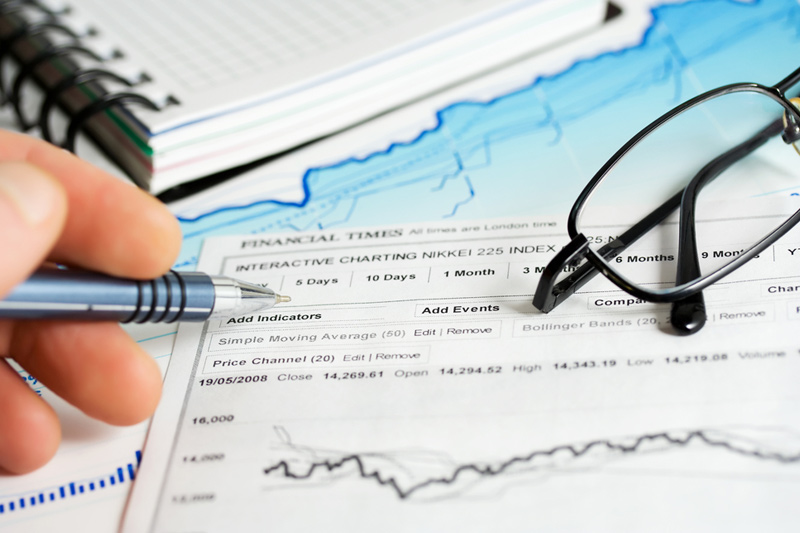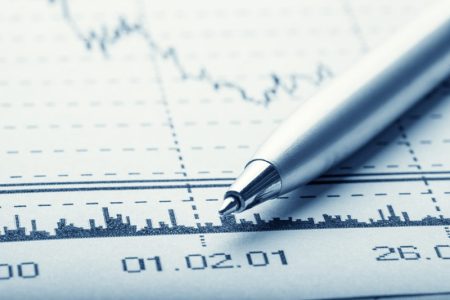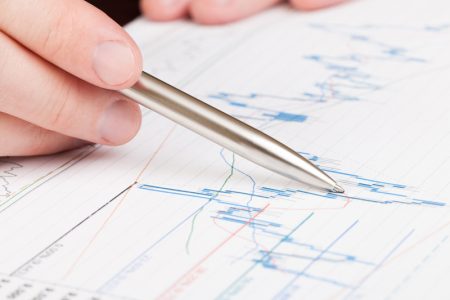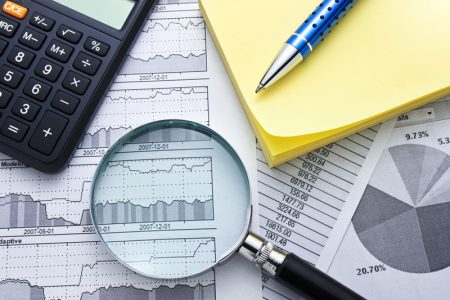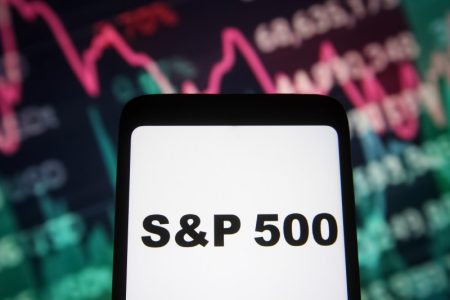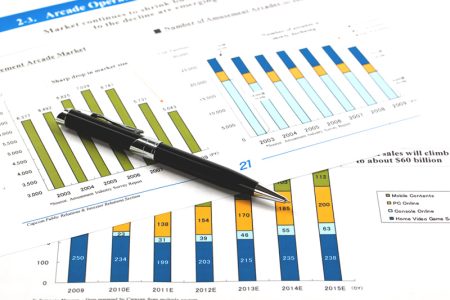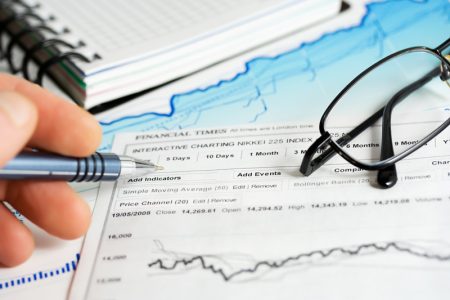By Saqib Iqbal Ahmed
NEW YORK (Reuters) – Resilient U.S. growth is fueling another rebound in the dollar and sending bearish investors scrambling, though the rally will be tested by a gauntlet of data and the Federal Reserve’s meeting later this month.
The , which measures the currency against a basket of its peers, has surged 5% since late July and stands at its highest level in around half a year. The greenback’s gains have pressured the currencies of the world’s biggest economies, sending to its lowest since December 2007 and spurring expectations for the Japanese government to intervene and prop up the battered yen.
Many market participants had expected the U.S. economy to soften this year under the weight of the Fed’s rate increases, pushing the dollar lower.
While the dollar faltered over the summer, growth has wobbled in many of the world’s major economies while remaining comparatively robust in the United States. That has supported the idea that the Fed will leave rates at around current levels for longer than previously expected and boosted the relative attractiveness of the greenback.
Signs that the dollar will continue enjoying its yield-advantage over other currencies have undercut support for bearish views on the greenback. Speculators’ net short bets on the dollar shrank to $7.17 billion last week, from a two-year high of $21.28 billion in late July, data from the Commodity Futures Trading Commission showed.
“It’s really just the strength of the U.S. economy, relative to the rest of the world,” said Vassili Serebriakov, foreign exchange and macro strategist at UBS. “Markets have really come back to the theme of U.S. exceptionalism.”
That theme will be tested in September, as the market braces for a flood of key U.S. economic data as well as the Fed’s monetary policy meeting. Among the data points in focus will be Wednesday’s report on U.S. consumer prices; signs that inflation is cooling faster than expected could see investors reassess bets on how long the Fed will leave rates at current levels.
Fed Chairman Jerome Powell’s message at next week’s monetary policy meeting could also influence the dollar’s trajectory. Most investors believe the Fed is done hiking interest rates and are gauging when the central bank might start easing monetary policy – though expectations have been pushed back from late 2023 to early 2024 due to the U.S. economy’s strength.
Investors would likely need to see a noticeable turn in U.S. economic data that argues for the Fed to soon begin easing rates in order to change their sentiment on the dollar, said Steven Englander, head of G10 FX research at Standard Chartered (OTC:).
While Englander is bearish the dollar in the medium term, the currency’s “underlying drivers have been going so much in the opposite direction,” he said.
BEARS BEWARE
A stronger dollar can be a headwind for risk assets as it helps tighten credit conditions while weighing on the profits of U.S. exporters and multinationals. The is down 2% from its late July high, though it is still up 17% for the year.
A Reuters poll found that 81% of analysts surveyed believe the risks to their dollar forecasts are to the upside for the remainder of 2023, though many still believe the greenback will trade lower a year from now.
Some bearish investors, on the other hand, said risks in the dollar are asymmetric, that is, the downside on the dollar far exceeds its upside following a multiyear rally that has seen it rise 28% from its January 2021 low. The is 8% off from a high reached in September.
UBS’ Serebriakov said it’s a good time to gradually start accumulating short positions that favor the yen and British pound against the dollar.
Other dollar rebounds this year, in March and May, failed at levels not far from where the dollar index trades now.
Meanwhile, analysts at TD Securities said the dollar is vulnerable to sudden changes in data. They believe retail sales numbers, due out on Wednesday, could badly miss their mark.
Still, even staunch dollar bears are reluctant to bet against the currency.
Kit Juckes, chief FX strategist at Societe Generale (OTC:), has a longer term bearish view on the dollar but is nevertheless a buyer of euro-dollar puts on expectations that the U.S. currency will mount a final push higher.
“The market has reassessed the growth outlook positively in a pretty significant way over the summer,” he said. “I ain’t standing in the way of this bus … this bus could run you over with ease.”
Read the full article here





